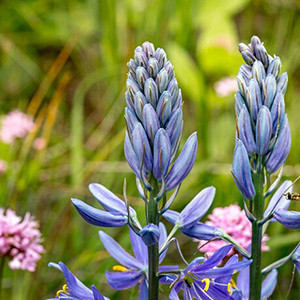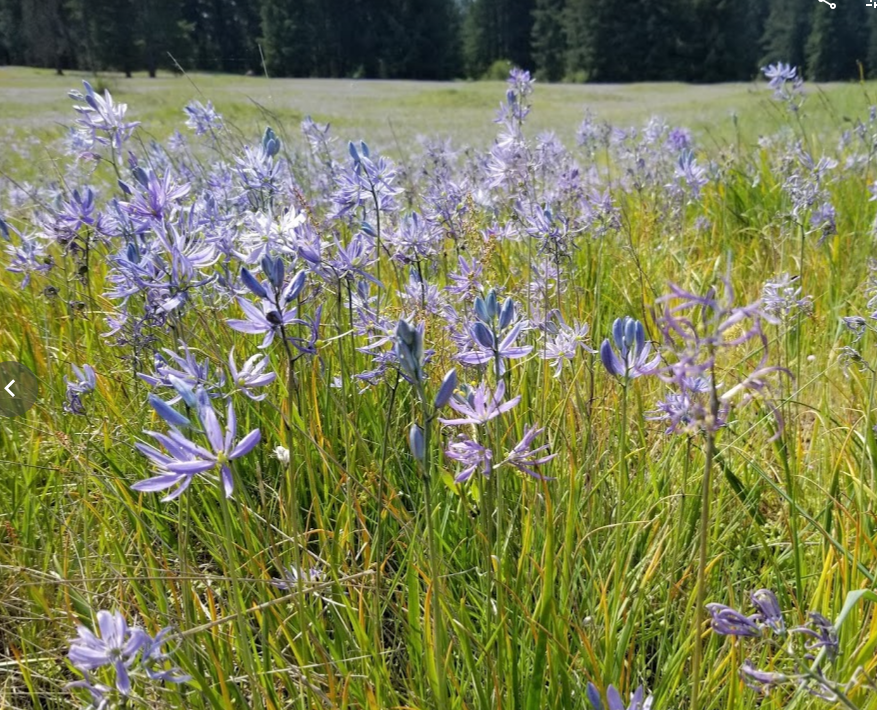Camas Bulbs Eco

The charred camas bulb is a food cooked at the campfire.
Camas bulbs eco. Common camas common camas is a stunning and iconic northwest wildflower with a sweet edible bulb and blue purple flowers. The withering tepals twist together around developing. Iv e tried standing right on top of it without having the outline and with it. Camas bulbare a gathered from camas which are found in grasslands throughout the world.
Camas bulbs can also be eaten or used in cooking recipes. Camas are found around the world. The camassia lily bulb camassia quamash syn. What you are looking at above is a bowl of the bulbs from camassia quamash or blue camas.
But few people eat these bulbs anymore. Camassia quamash common camas habit. It and its eastern cousin the wild hyacinth have been eaten by native american groups from british columbia to georgia for millennia. Common camas flowers by mid may setting seed and then going dormant into it s underground bulb until emerging the next spring.
The 5 20 pale blue to deep blue star shaped flowers bloom up a tall scape leafless stem from bottom to top and have bright yellow stamen and 6 tepals. Camassia quamash bulbs are an excellent choice for moist loam and clay soils. Camas bulb can be harvested from these plants and then replanted. It provides three of the four nutrients and a good amount of calories.
Camas lily is a lovely native bulb species that blooms in late spring with clear blue flowers. The green outline to gather only shows up on the camas when i look at it at weird angles and even then i can t get it. Camassia esculenta is a beautiful spring blooming native north american plant that will grow in usda plant hardiness zones 3 8. When combined with charred meat to supplement protein it is a great food for the player s diet in the early game.
I ve just updated to a5 and i can t seem to gather the bulbs anymore. Camas bulbs can be planted by using a camas bulb on tilled soil. And it is not only because the knowledge of them has been lost. This pretty flowering bulb is a member of the asparagus family and was an important food staple for both native americans and early explorers to our country.
Grows from a solitary starchy 1 2 in 2 5cm bulb producing numerous basal grass like leaves. The plant is harvested by using a shovel.













































